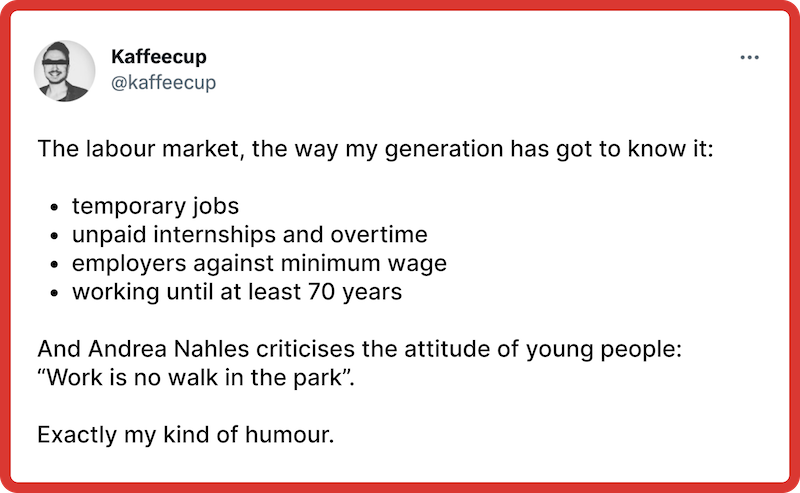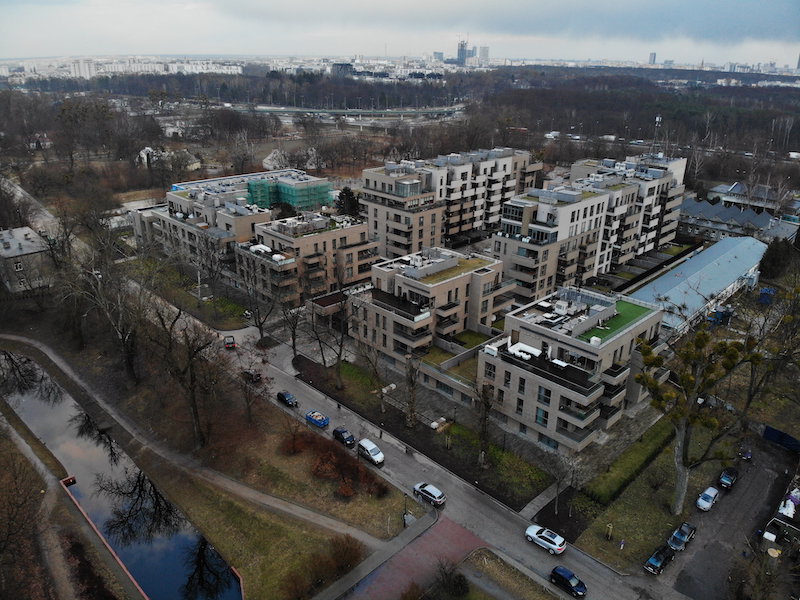l will be 68 years and three months old when I can retire in December 2056. This is what the pension calculator on the webpage of Estonia’s social services authority said to me.
The app only needs to know my year of birth, 1988, to make the calculation. 68 could be considered my default age of retirement within the Estonian system, which takes into account life expectancy. If life expectancy rises, my retirement age will follow suit.
I could choose to retire up to five years earlier at 63. In this instance, I will be left with a measly pension worth one quarter of my current salary. In fact, even if I retired at 68 years, my state pension (assuming that it would increase with inflation) would not even be enough for my rent and utility payments.
Margus Tsahkna, a former minister of social affairs who is helping negotiations to form Estonia’s next governing coalition, admitted the state will not be able to pay pensions the same way in the future. “This is a brutal message,” he said, adding there is no alternative to reform.
I played with the calculator to see how much I needed to delay my retirement to survive on a state pension alone. It was not possible to calculate a pension beyond the age of 78. If I retire at 78, I would receive two-thirds of my current salary, which would leave me without any financial room for manoeuvre.
The age of 78 is 23 more years than the number of “healthy years” an average Estonian man lives, according to state statistics. This means that Tsahkna’s assessment of the pension crisis is right, but there is not yet a solution, other than to exclaim: “Everyone for themselves!”





